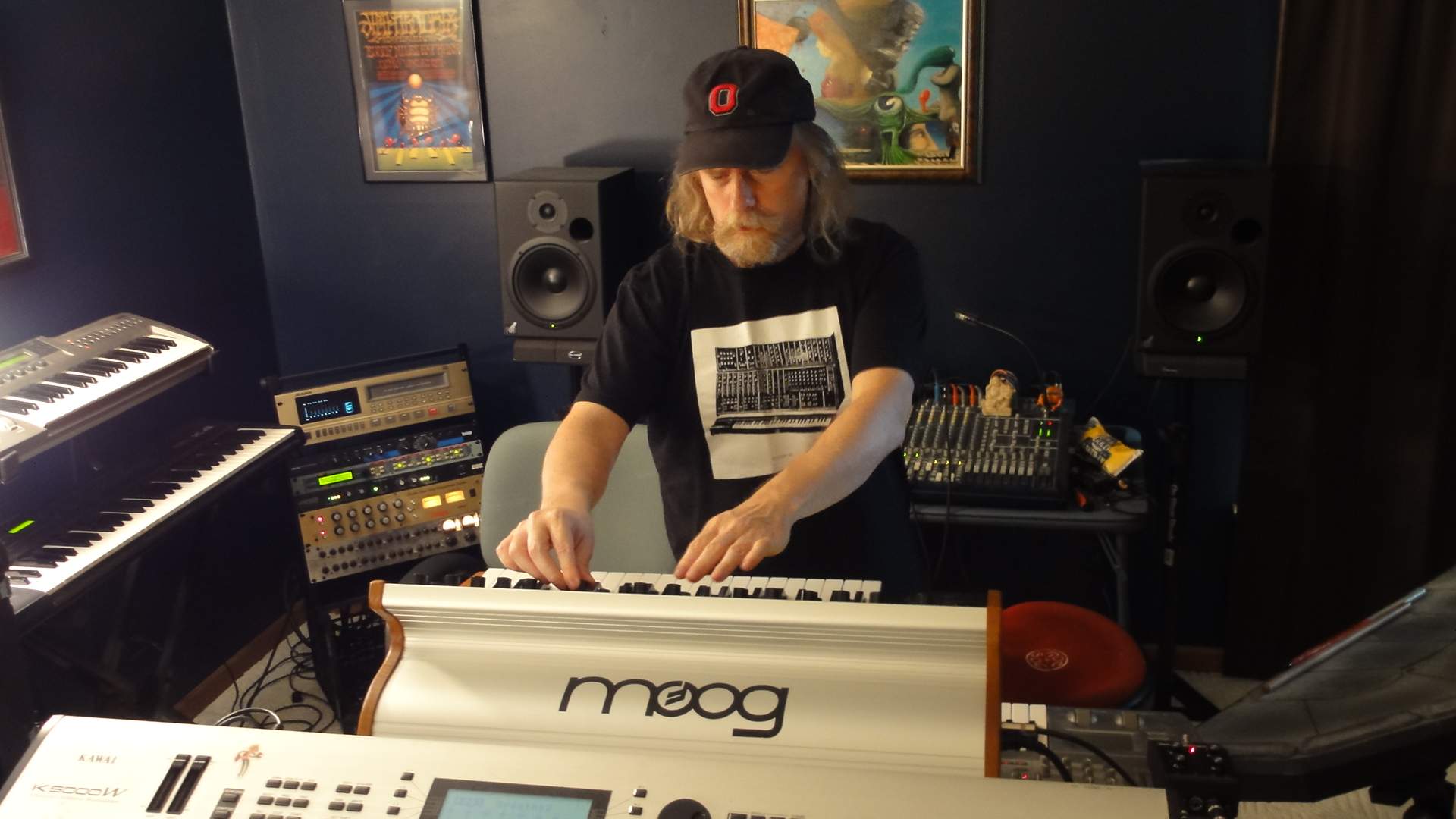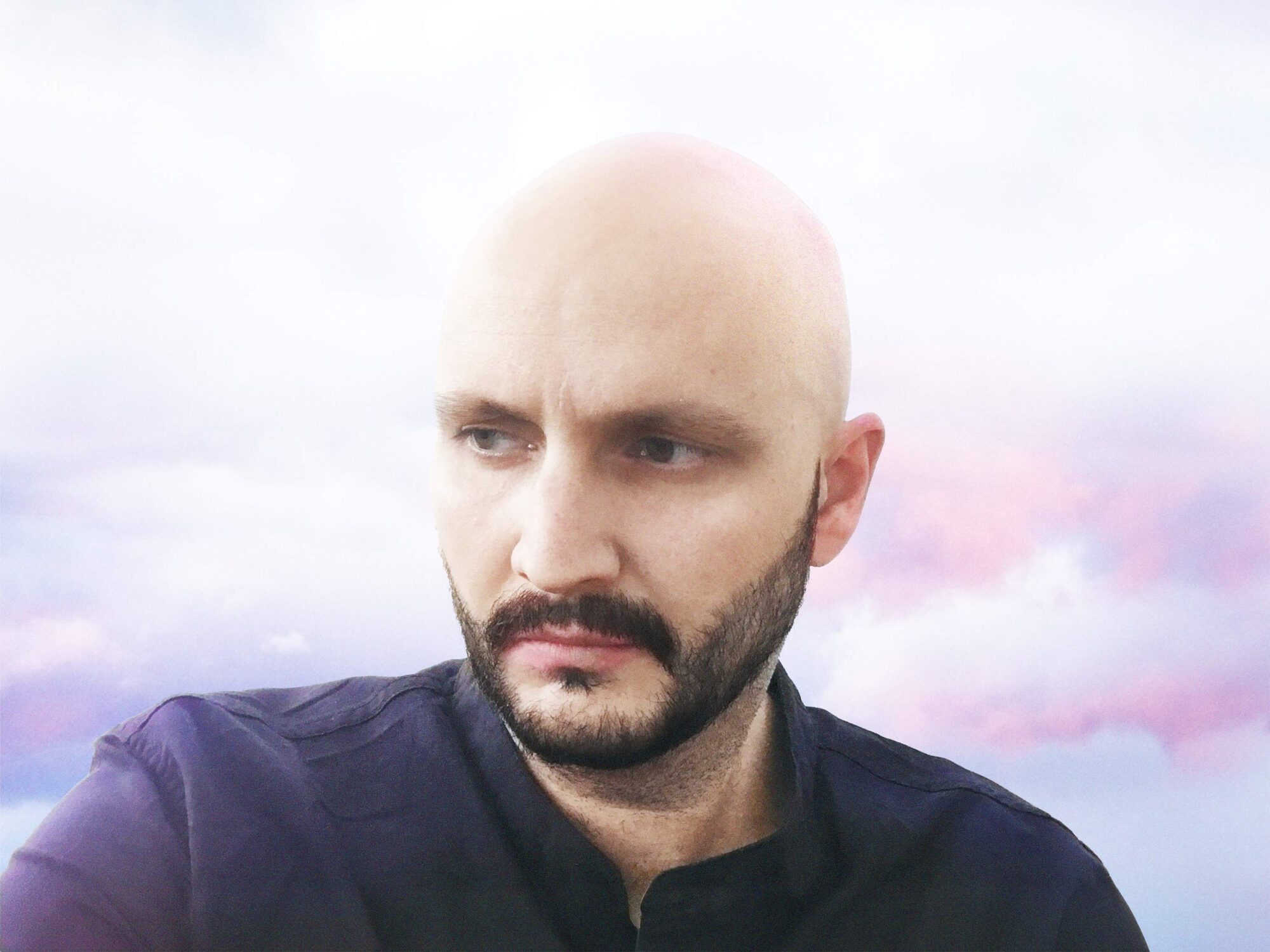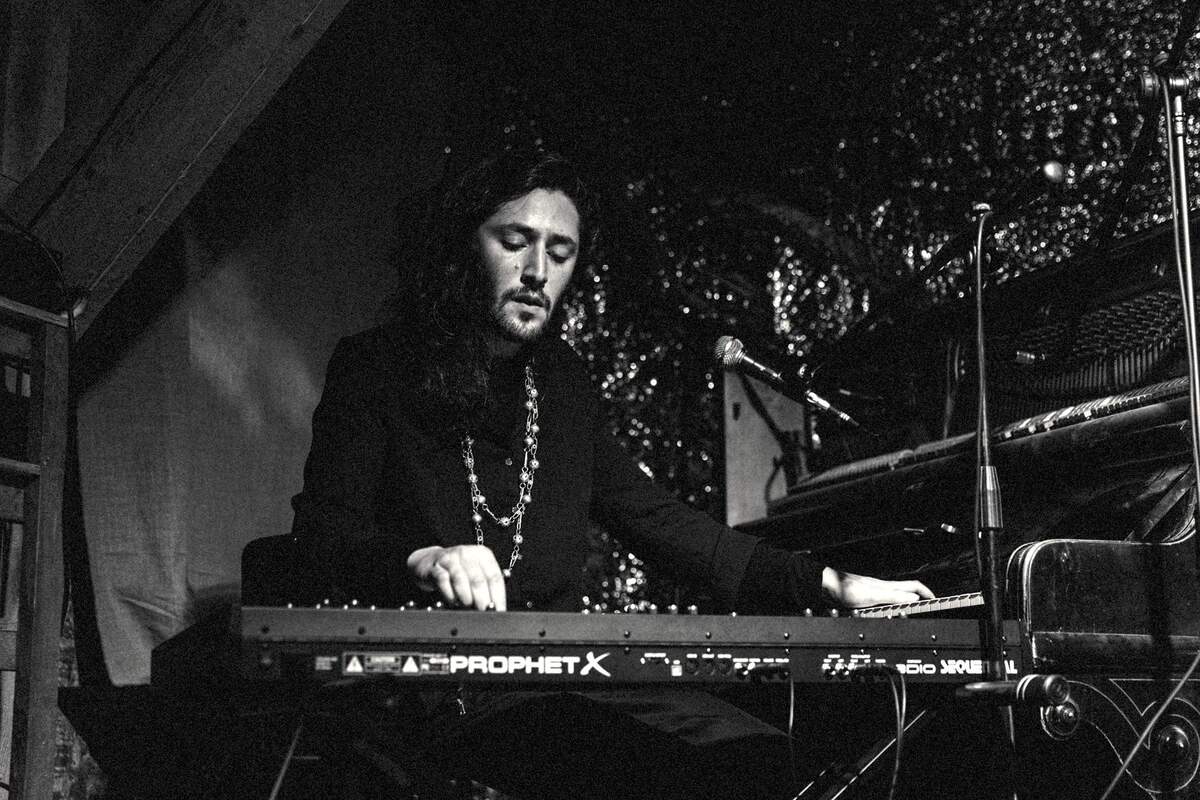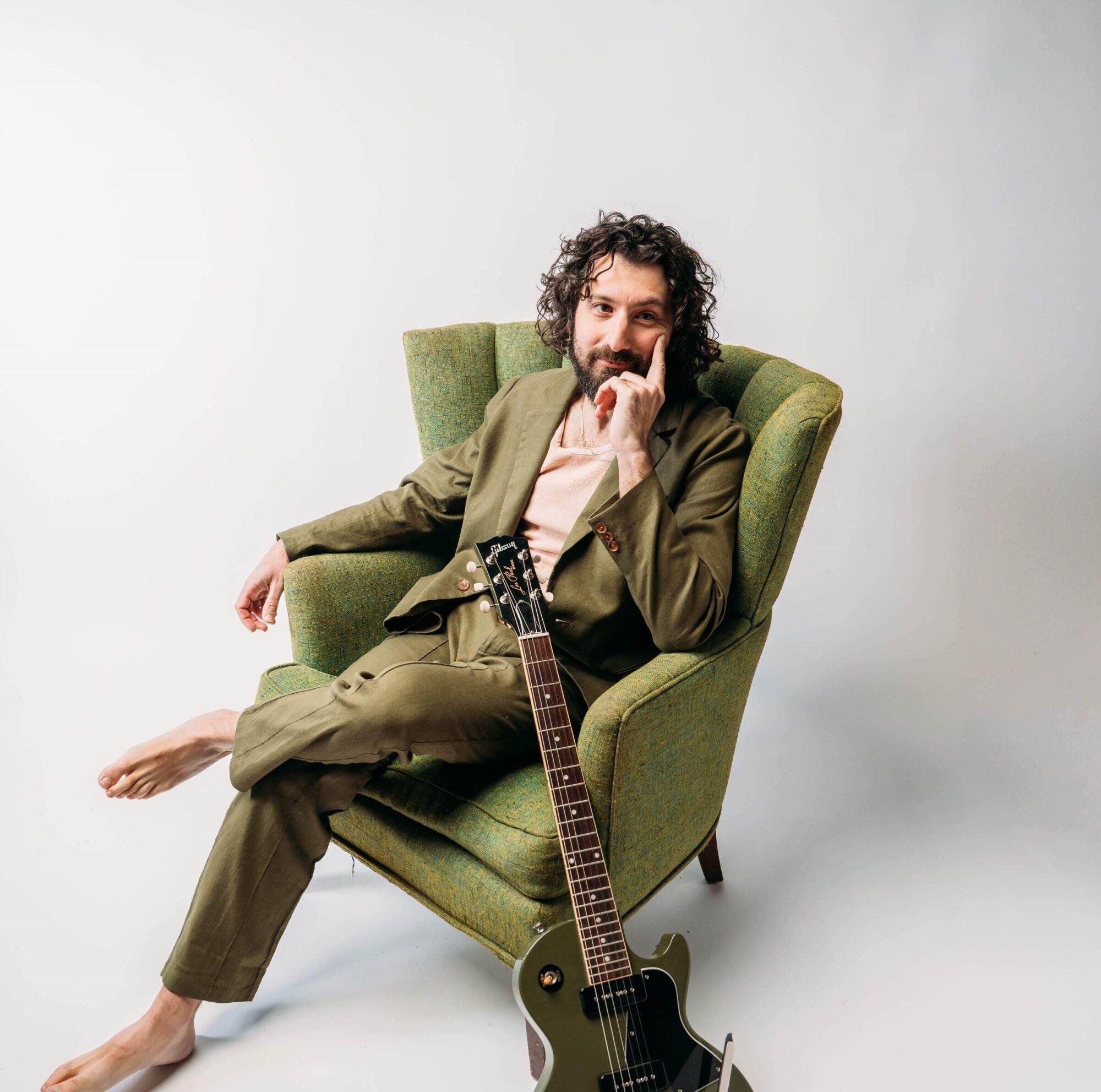Church Of Hed | Interview | Paul Williams | New Album, ‘The Father Road’
Church of Hed’s new double album, ‘The Father Road,’ takes us on a surreal aural journey across the United States along the Lincoln Highway, the first transcontinental road built for automobiles. It’s effectively the sequel to the band’s 2011 album, ‘Rivers of Asphalt,’ which traveled the legendary Route 66.
The music shifts and evolves in tandem with the scenic backdrop of America from San Francisco to New York City. As with the original release, the sense of a lost era lurks throughout the album. The music within features Church of Hed’s unique mix of space rock, psychedelia, prog rock, krautrock, and electronic music. It channels diverse influences, ranging from Can, Cluster, Brian Eno, and Hawkwind, to Yes and the Flaming Lips, in addition to Glass, Reich, and Riley. In the end, it always manages to sound predominately like Church of Hed. Of course, Kraftwerk provided the original concept of combining electronic music with a transportation corridor!
The band’s Paul Williams composed, performed, and produced ‘The Father Road’ with help from Quarkspace guitarist, Stan Lyon, on bass and guitar. Williams plays an array of synthesizers, keyboards, and electric drums. Surreal ambience highlights the western portion of the highway, while more lyrical instrumental pieces aurally describe the more populated sections of this old road.
It’s been almost 10 years since we last did an interview in 2013. You have a lot of releases to talk about. How have you been?
Paul Williams: Yes! I’ve been very busy. When Quarkspace entered retirement in 2014, I put all my musical energy into Church of Hed. That inspiration resulted in four full-length albums, one double album, two EPs, and two singles. I also managed to finish Quarkspace’s ‘All These Suns’ album in 2018 with the help of Stan Lyon.
A perusal of our Bandcamp page shows a pretty robust collection, as we re-released the entire Quarkspace canon on the site over the past two years. Finally, the entire Eternity’s Jest Records catalog exists in one spot. Pretty much everything is also on digital streaming services, like Apple Music, Spotify, et cetera, except for Quarkspace’s ‘Drop,’ which we originally released for free.
We also have been producing videos, including studio tracks with psychedelic visualizations and live in-studio performances. Our slowly growing YouTube channel hosts this work. Sit back, enjoy the show, and subscribe to the channel!
“The album follows the aural travelogue concept with the music shifting and evolving in time with the scenery”
Church Of Hed just recently released a brand new album, ‘The Father Road’. What was the concept behind it?
In the original interview with you, I mentioned how I love music to take listeners on a surreal psychedelic journey, a concept that also applies to space rock. We talked about the ‘Rivers of Asphalt’ release back then which is a road trip down Route 66. The original idea involved a double album that also included a trip down the Lincoln Highway from San Francisco to New York. Ultimately, all that ended up being way too much work to finish at one time, so the second part of the album became a separate release, ‘The Father Road’.
Some of the compositional work for ‘The Father Road’ happened at the same time as ‘Rivers of Asphalt’ nearly 20 years ago. The new album also shares some material with the original. Notably, there’s versions of ‘Open Road Illinois’ on both, since ‘Route 66’ and the ‘Lincoln Highway’ both traverse that state. Additionally, the theme from ‘Skyline,’ the opening track of ‘Rivers of Asphalt,’ reappears during Times Square And The Shining Sea, the final track of ‘The Father Road,’ tying the entire concept together.
The album follows the aural travelogue concept with the music shifting and evolving in time with the scenery. The open spaces of America’s western basin, like in Nevada and Wyoming, feature more open and trippy ambient pieces. Mountain sections, such as when climbing the Sierras or Appalachians, have slow driving beats, almost in a psychedelic drum and bass fashion. Other more populated areas feature lyrical pieces – songs without words – with a synth or piano playing melodies. I took a similar approach with ‘Rivers of Asphalt’. A few motifs also get repeated across the album as part of its compositional approach.
How did you approach it and was there anything you did differently in comparison to your previous Church of Hed releases?
I started working more seriously on ‘The Father Road’ about 4-5 years ago, but took two major breaks to finish Quarkspace’s ‘All These Suns’ and Church of Hed’s ‘The Fourth Hour’. In the latter case, we switched our recording software from Pro Tools to Reaper, so I used the more experimental ‘The Fourth Hour’ album as a test of the Reaper’s viability for our recording work.
In a change from my usual releases, ‘The Father Road’ is pretty much all composed, although improvisations inspired some of the compositional work. Stan Lyon got involved with developing bass parts to my basic piano tracks and beats and we recorded those in 2018-9. I then spent a lot of time developing melodies and practicing the hell out of them! That same rule also applied to the drum tracks.
All that work kept me busy during the pandemic, and I started mixing the album early this year. When the time for the first song – ‘The Sea And Golden Gate’ – came in at exactly 4:20, I knew we were on the right track!
Ultimately, this entire process became a lot more involved compared to my usual in-studio work, especially considering it’s effectively a double album at 75 minutes. It took a long, long time to finish! Too long! Notably, psychedelic prog-rock influences inform the album, as opposed to my usual psychedelia meets electronica approach.
I look forward to getting back to more immediate and improvisational work moving forward. Those types of pieces also tend to be easier for me to perform live in the studio. Sadly, with only two arms, I am only able to play about 4-5 of the tracks from ‘The Father Road’ live. Most of ‘The Father Road’ features a full band structure, with me playing drums, keyboards, and synths.
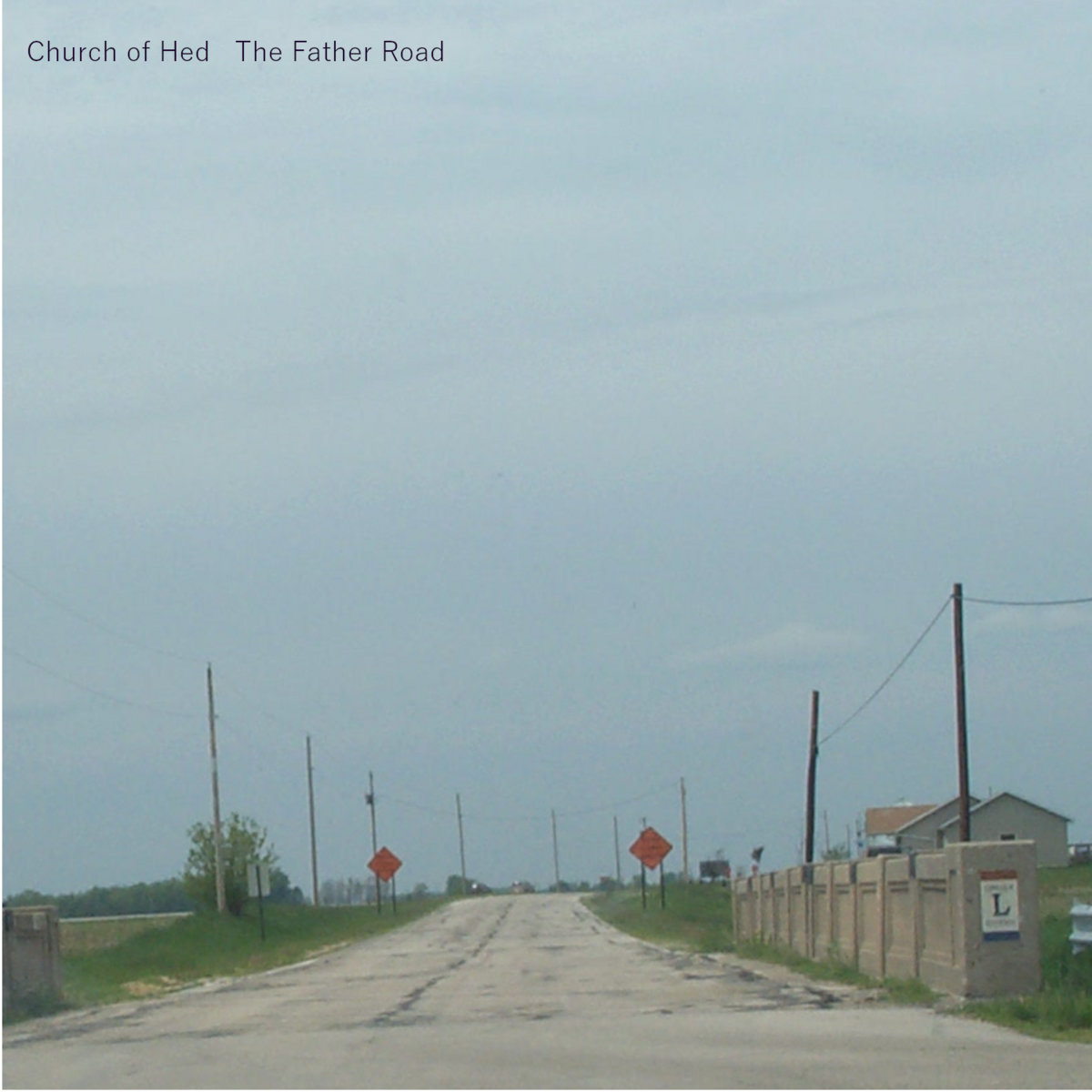
Take us to your studio, what kind of equipment did you use?
As far as hardware, the studio includes an array of keyboards, synths, and effects (both rack mount and pedals). I’ve got a variety of drum machines, sequencers, and other fun devices. My synthesizers span both the analog and digital worlds. Additionally, we also use various software synthesizers and sampling libraries as well.
I’ve been an electronic drummer for over 25 years. My kit is an Alternate Mode TrapKAT. It triggers a Roland TD-8 drum module with dual outputs: a clean signal and one routed through a virtual guitar stack in a Boss multi-effects module. For ‘The Father Road,’ I use both of those signals along with Melda Production’s MDrummer drum synth, using the recorded MIDI notes from the TrapKAT as a trigger. All three are submixed in the Reaper DAW with a virtual effects chain (flanger, compressor, et cetera).
I still have an old Behringer 32-channel mixer used on every Eternity’s Jest album since ‘The Hidden Moon’. Surprisingly, it still works quite well! I also use rack mount effects, EQs, and compressors to round out our hardware. Of course, we also leverage a host of virtual effects in Reaper, but mastered ‘The Father Road’ “outside the box” using our hardware gear. I may change things up again for the next album. An older-school approach seemed to fit the concept of ‘The Father Road’ better.
‘The Father Road’ album seems to be a sequel to your 2011 album, ‘Rivers of Asphalt’… would you like to share some further words with us on how they connect?
As I mentioned earlier, ‘Rivers of Asphalt’ and ‘The Father Road’ are essentially two volumes from the same concept. ‘Rivers of Asphalt’ takes the listener on a journey down today’s Route 66 from Chicago to Los Angeles, while ‘The Father Road’ traces The Lincoln Highway from San Francisco to New York City. Since John Steinbeck called Route 66 the Mother Road in the “Grapes of Wrath,” the Lincoln Highway gained the moniker of ‘The Father Road’ as a result. The LH first appeared around a decade before 66.
I originally thought these two albums were enough for this concept, but the muse graced us with an idea for another volume in the series. Musically, this one will focus more on a Berlin School synthesizer approach. I want to be able to play most of the material in a live context, unlike both ‘Rivers of Asphalt’ and ‘The Father Road’.
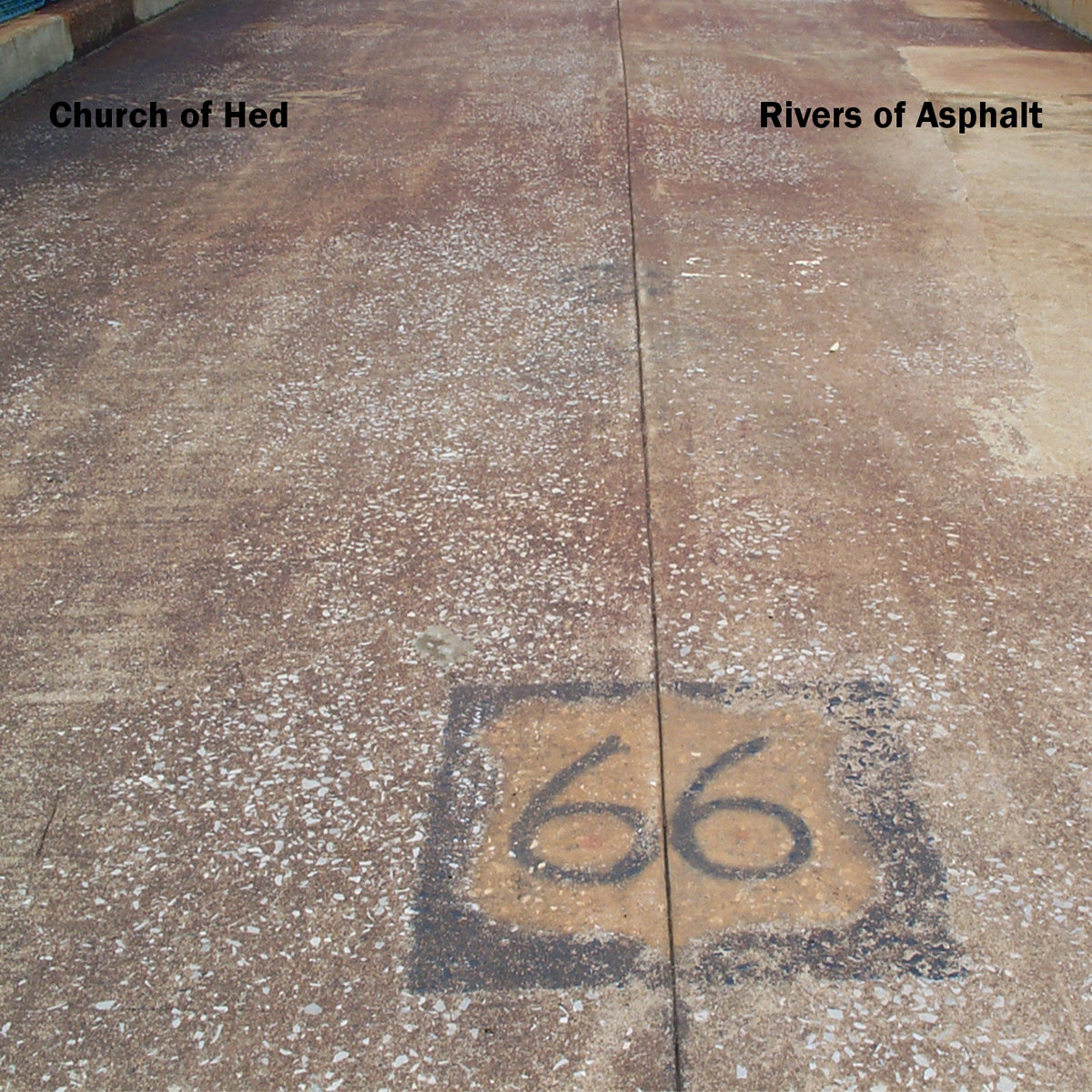
‘The Father Road’ was done with the help of Quarkspace guitarist, Stan Lyon, on bass and guitar. How was it to work with Stan?
A few years ago, Stan reached out for the first time in a while. His timing was fortuitous as work continued on Church of Hed’s ‘Sandstoned’ album in 2017. He ended up recording bass on a few of those tracks. I remember the incredible vibe when we improvised the bass and drums for ‘3AM at Hole In The Wall’!
I quickly finished the piano guide tracks for ‘The Father Road’ and Stan wrote his bass parts for them. He recorded those as well as helping to finish Quarkspace’s ‘All These Suns’ album in 2018. Stan definitely provided the icing on the cake on that potentially final Quarkspace album. I especially love his Hugh Hopper-inspired fuzz bass on the title track!
There’s a record in between, ‘Electric Sepulcher’. Please tell us about it.
There are a few albums and a couple EPs in between. ‘Electric Sepulcher’ happened right after Quarkspace entered our virtual retirement home. I channeled a lot of inspiration into the album, fueled by the sadness of no more Quarkspace. In fact, I originally wrote some of the pieces and backing loops from the album for Quarkspace projects.
The album includes memorials for a few legendary musicians that passed during its recording: Daevid Allen, Dieter Mobius, Chris Squire, and Edgar Froese. Expect the typical Church of Hed mix of psychedelic space rock, electronic music, and prog. It’s a fun album.
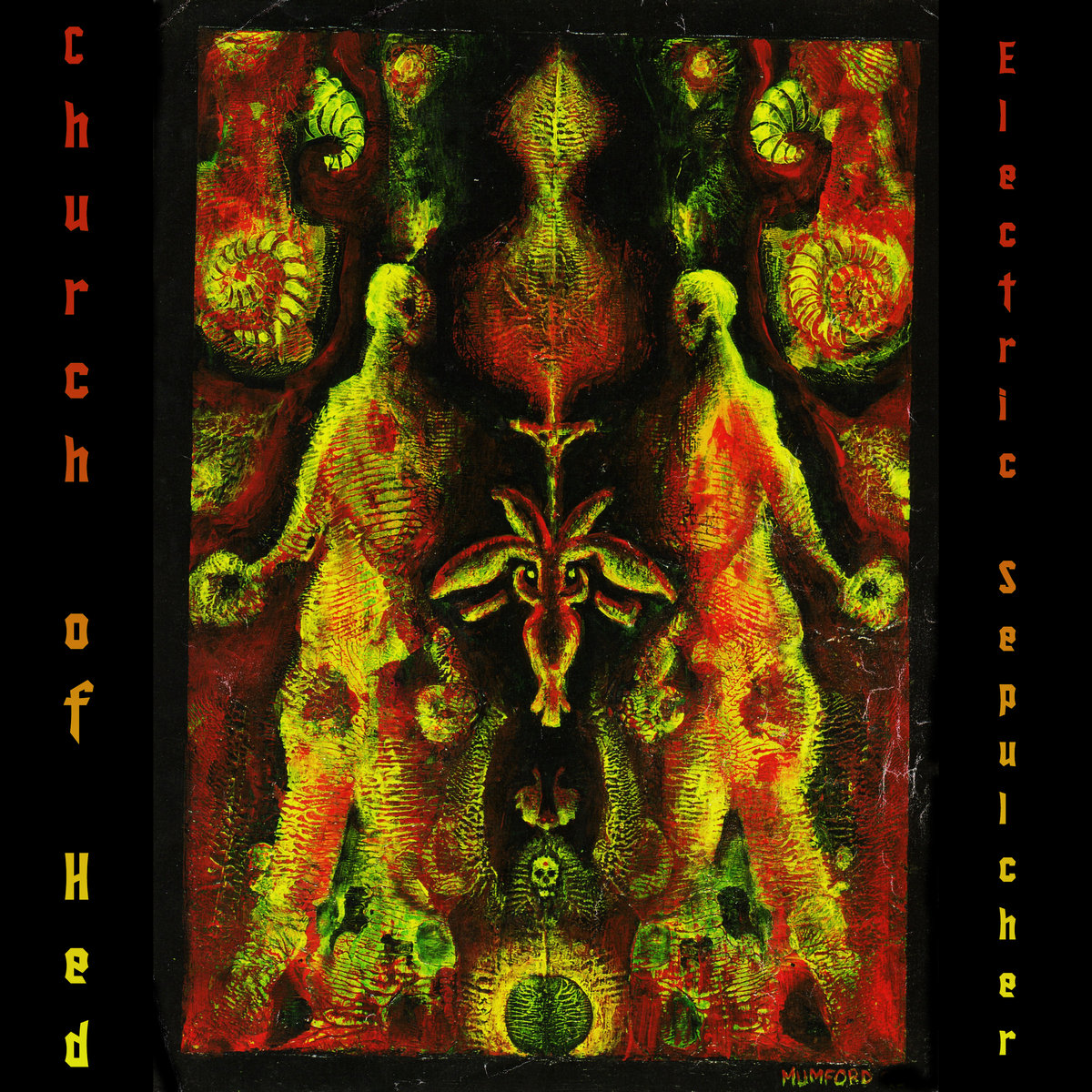
The recording of the ‘Autumn Shrine’ EP happened simultaneously with ‘Electric Sepulcher,’ and saw release a few months later. The title track is another piece I wrote for Quarkspace, with its trippy mix of Pink Floyd, Camel, and outer space. That and another EP recorded and released a couple years later – ‘A Cold White Universe’ EP – are part of the Church of Hed ‘Cycle’ project slated for a 2024-5 release.
On 2016’s ‘Brandenburg Heights,’ I fully embraced my Berlin School influences. The album features two side-length tracks in the Klaus Schulze fashion. Sequenced analog synths meet Canterbury prog influences in a psychedelic haze. I love playing ‘Brandenburg Heights, Part 1’ from the album live in the studio jumping around between synths, drums, and piano as the sequencers keep the pulse going.
We previously mentioned our 2018 release, ‘Sandstoned,’ which offers a surreal view into a stony night on the North Coast of Ohio in the early 80s. It’s a very psychedelic album, but with more of a funky, beatmaking approach. ‘Sandstoned 2’ is another track fun to play live in the studio.
Finally, ‘The Fourth Hour’ came out in 2019. As noted earlier, this is the first release in a series similar to Quarkspace’s ‘Spacefolds’ series. It features more immediate, experimental, and improvised music. Some of the tracks include improvisations with Stan and myself. I am slowly starting to piece together material for ‘The Fifth Hour’.
Do you think there’s a chance for anything new from Quarkspace?
Sadly, I doubt it. We all reside in different states these days, with Chet on the opposite coast in California. Additionally, Jay Swanson hasn’t communicated with any of us in over 8 years. We were supposed to do a reunion show in 2014 and were planning on flying Chet out for it, but Jay stopped returning our phone calls. Nobody understands why. Other than the deaths of family members or pets, it’s the saddest thing I’ve ever experienced.
He played out a few times as a solo artist doing classic rock covers a few years ago; we had to find out about that on the Internet. I’ve even sent him copies of Church of Hed releases and a CD-R of Quarkspace’s ‘All These Suns’ album, but no reply at all. Is anybody listening?
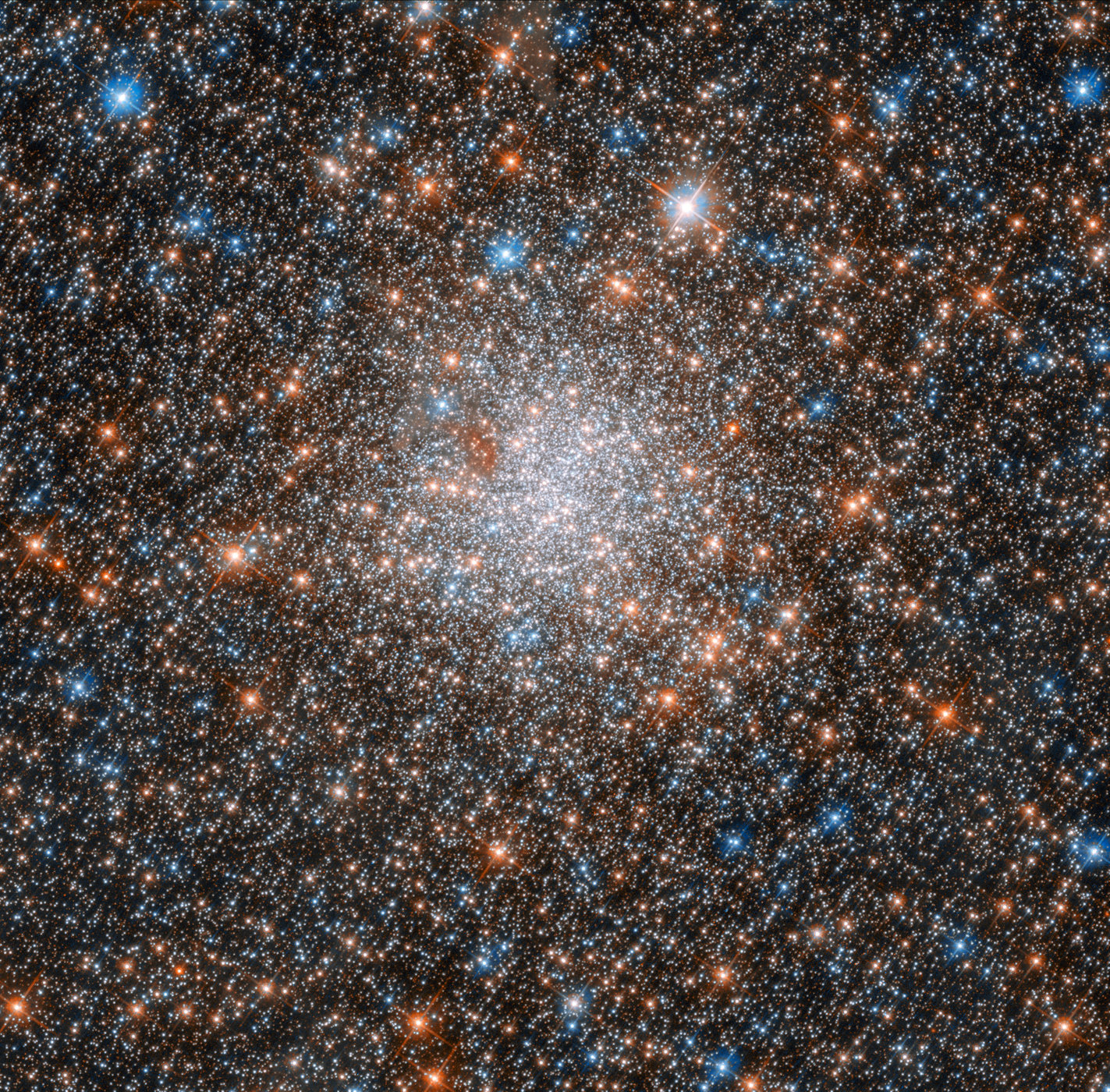
So ’All These Suns’ just might be Quarkspace’s farewell statement. It garnered some praise and positive notice upon its release. We do have a few hours of more recent improvisation sessions with Jay, Darren, and myself, recorded from 2010-2014. Chet would need to visit to add his own contributions before that material actually becomes Quarkspace. I’d easily drop working on any current Church of Hed project if they showed up at my door for musical activity again. I miss that unique magic so much, Klemen. Quarkspace remains the Mothership.
As mentioned earlier, wer ecently re-released the entire Quarkspace catalog on our Bandcamp page, so everything is available there or from all the major streaming services. We still enjoy a pretty steady streaming volume, with ’All These Suns’ helping to keep things going. Beyond’ All These Suns,’ no new recorded activity exists.
Another Quarkspace project I’ve been working on involves creating visualization videos on YouTube for the entire ’Drop’ album. Since we released it for free, ’Drop’ never made it onto the modern array of streaming services. These videos let YouTube viewers enjoy the ’Drop’ album along with those trippy visualizations.
What’s the next project that you’ll be working on, or are working on right now? Do you have any active side-projects going on at this point?
Right now, I am enjoying just playing around in the studio and working on live performances of a few Church of Hed and Quarkspace tracks. I plan on recording these to video and publishing them on our YouTube channel. Expect them to start showing up towards the end of the year.
The channel already has a few live in-studio performances, including a full 1.5 hour set performed on Facebook in 2020. Again, after nearly two years of fully focusing on ’The Father Road,’ I need to get back to this more experimental, immediate music approach.
So it makes sense our next release is slated to be ’The Fifth Hour,’ the latest installment in Church of Hed’s version of the ’Spacefolds’ series. I hope to get that out sometime towards the middle of next year. Stan is on a few tracks, plus who knows what other new experiments warrant a release? I need to copy the original tracks from Pro Tools to Reaper, and plan on starting into that shortly.
The previously mentioned ’Cycle’ project is also on the docket. This project lies squarely within the prog realm, with four 8-12 minute tracks. As I mentioned, the title tracks from ’The Autumn Shrine’ and ’Cold White Universe’ EPs are two of the pieces. Additionally, I have two pieces I practice everyday as part of my regular piano practice routine. We plan on orchestrations on the new tracks as well as enhancing the original songs. That release is slated for 2024-5.
I also want to compose and record an album primarily based on drum beats. It’s a pretty broad context, but I’ve been playing around with a couple of ideas for it over the last few weeks. Beyond that, an idea for another ’Rivers of Asphalt’ release also recently began percolating. However, this album is likely to take more of a Berlin School synth-based psychedelic approach. These two releases might make it out before ’Cycle,’ as a focus on more immediate forms of music currently seems quite appealing.
Let’s end this interview with some of your favourite albums. Have you found something new lately you would like to recommend to our readers?
My music diet looks through time both forward and backwards simultaneously. As far as recent releases, the new Spiritualized album definitely stands out. It might be Jason’s best album since ’Ladies and Gentlemen We Are Floating in Space’. Additionally, the ’Promises’ album from Floating Points, Pharoah Sanders, and the London Symphony Orchestra also stuns. A near-perfect blending of genres, which I love. It also allowed Pharoah to go out on a career highlight. His recent loss still hurts. Sturgill Simpson definitely inspires with great country-styled music that effectively flips conservative Nashville the bird!
One other newer artist I enjoy, who’s also adept at blending genres, is Anna Meredith. She mixes classical music and electronica with a deft touch. She also makes intensely polyrhythmic songs that are insanely catchy. She’s top notch!
I also love that loose LA scene with Flying Lotus, Thundercat, and Kamasi Washington. Lotus is probably my favorite current electronica artist. He’s also Alice Coltrane’s grandnephew! In fact, all three finally turned me on to Kendrick Lamar with their regular guest appearances on his albums.
Beyond that, I still explore the world of classical music, especially from the 20th and 21st centuries. I recently scored a great deal on the ’Woodstock’ 10-CD box set, which includes at least a few tracks from every artist who played at the festival. I’m finally getting into Roy Harper after all these years. Jason Molina deserves a mention as well. He was from my area of Ohio. Honestly, I could write another 1000-words about the music we continue to discover. To me, it’s all psychedelic!
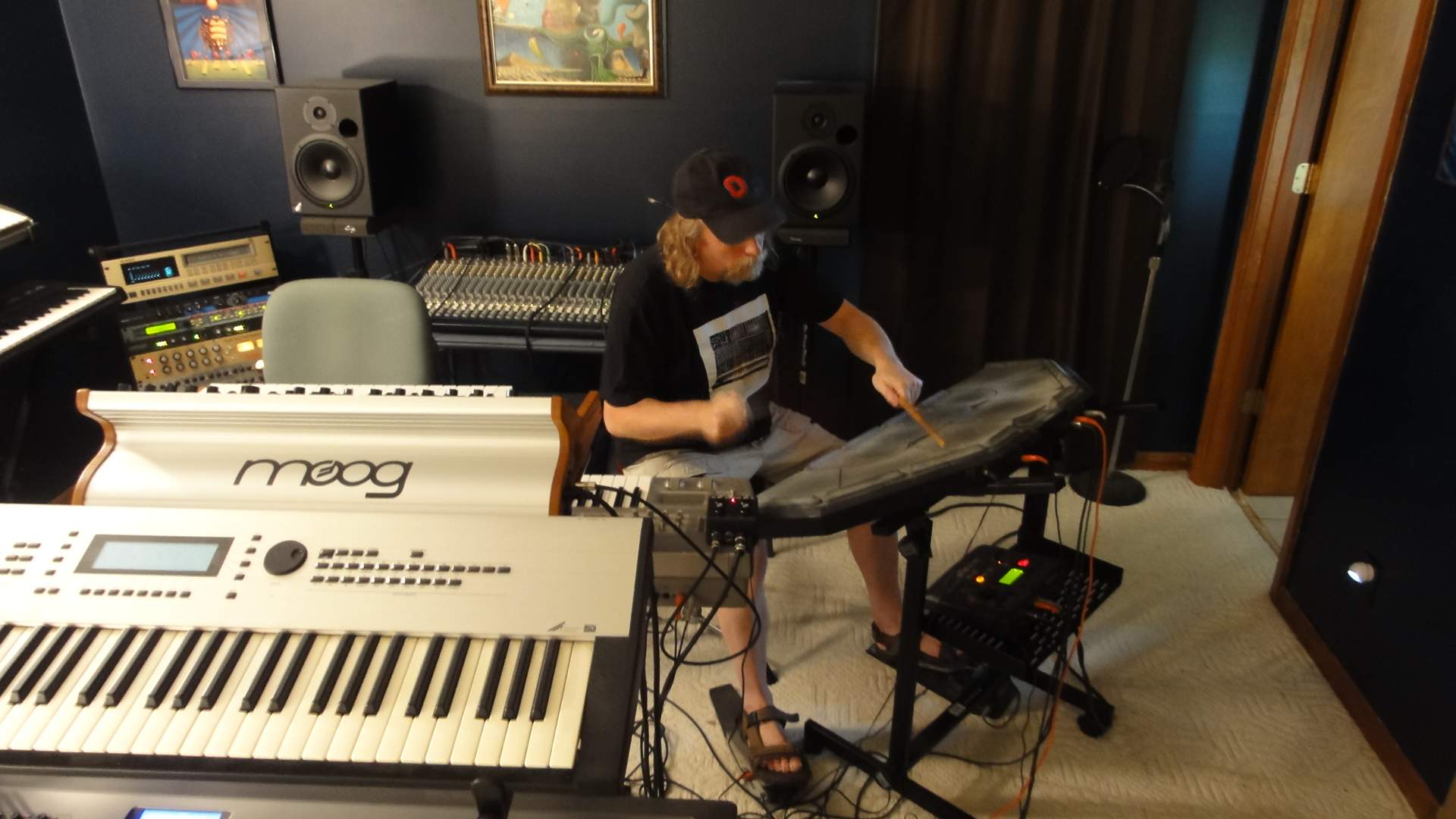
Thank you. Last word is yours.
No, thank you, Klemen. It’s good to see the magazine continue to grow and expand its reach. I appreciate you giving this underground artist a chance to talk about our last fruitful decade of musical activity!
Klemen Breznikar
Church of Hed Official Website / Facebook / Instagram / Twitter / Bandcamp / YouTube

